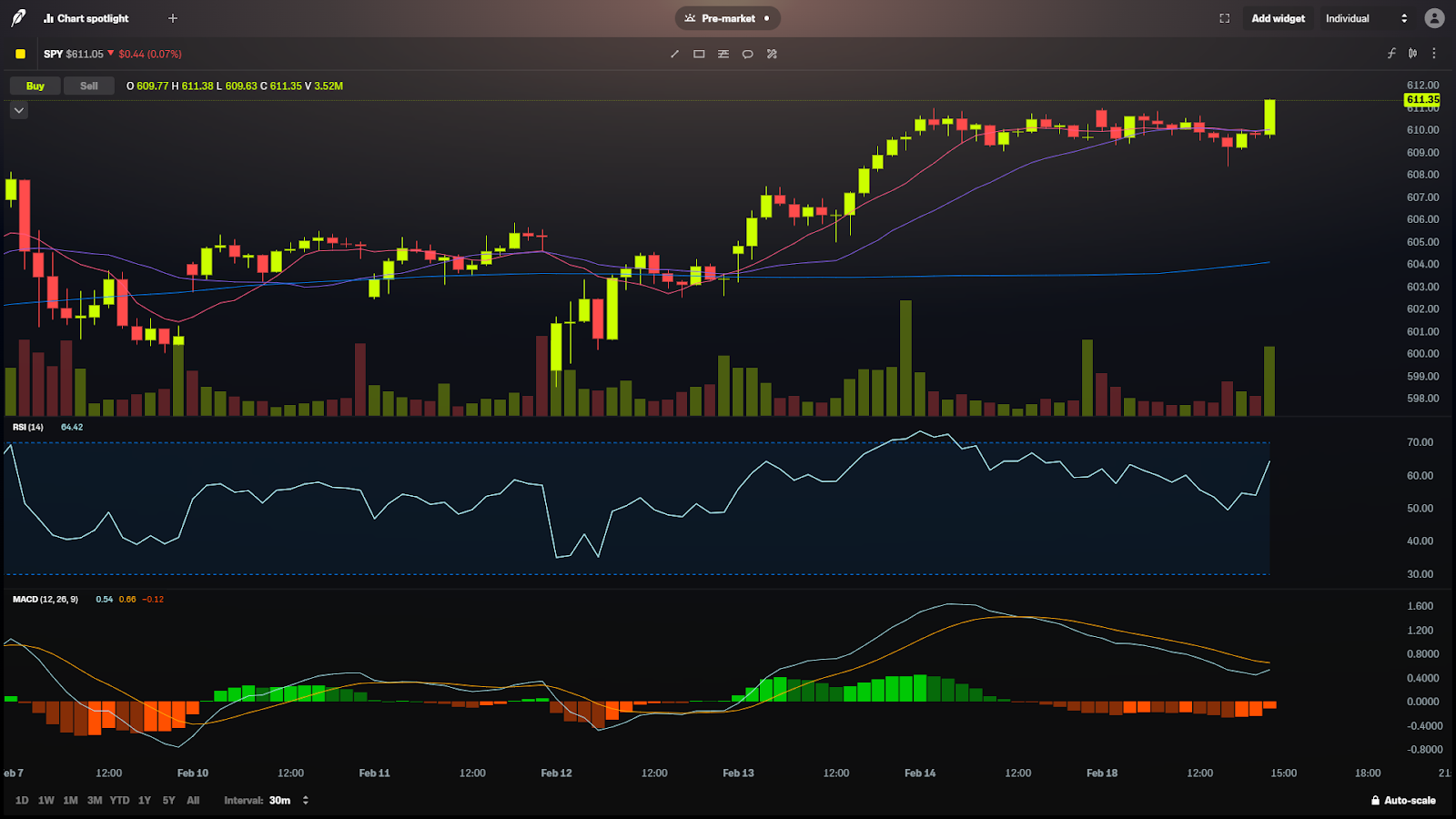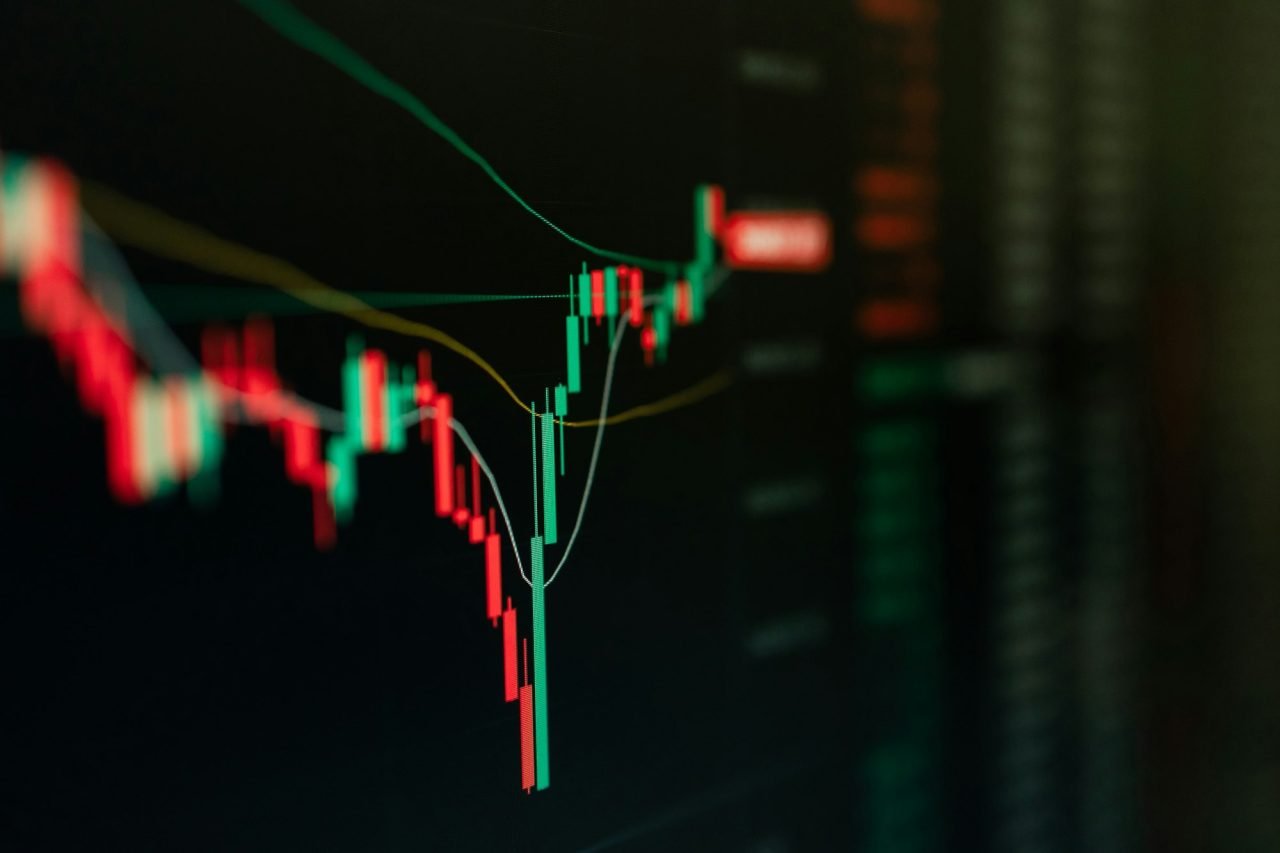
The stock market might seem overwhelming at first, but it’s a cornerstone of modern finance and one of the most accessible ways to grow wealth over time. To build a strong foundation as a new trader, it’s essential to understand how stocks are bought and sold, the role of stock exchanges, and the key players involved. This lesson will provide an in-depth look at how the stock market operates, breaking down complex concepts into easy-to-understand details.
1. Stock Exchanges: Where Stocks Are Traded
A stock exchange is like a marketplace, but instead of goods, participants trade ownership in companies. Stock exchanges connect buyers and sellers, ensuring transparency, efficiency, and fair pricing.
What Is a Stock Exchange?
A stock exchange is a regulated platform where shares of publicly traded companies are bought and sold. Without exchanges, finding someone willing to buy or sell shares of a company would be chaotic. Exchanges provide the structure that allows these trades to happen quickly and fairly.
Major Stock Exchanges
New York Stock Exchange (NYSE): The NYSE is the largest stock exchange in the world, located on Wall Street in New York City. It’s known for its iconic trading floor and hosts many blue-chip companies like Coca-Cola, Walmart, and Disney.
Fun Fact: The NYSE has operated since 1792 and is nicknamed “The Big Board.”
NASDAQ: The NASDAQ is a fully electronic stock exchange and is synonymous with the technology sector. Major tech companies like Apple, Google (Alphabet), and Tesla are listed here.
The NASDAQ is known for its faster and more modern trading systems.
Other Global Exchanges:
While the NYSE and NASDAQ dominate U.S. markets, other global exchanges like the London Stock Exchange (LSE), Tokyo Stock Exchange (TSE), and Shanghai Stock Exchange also play a significant role in global finance.
2. How Stocks Are Bought and Sold
When you decide to buy or sell a stock, you’re participating in a well-orchestrated process that involves several key players, including brokers, exchanges, and other investors.
The Role of Brokers
A broker acts as a middleman between you and the stock exchange. Today, online brokers like Robinhood, TD Ameritrade, and Fidelity have made trading accessible to anyone with an internet connection.
The Process of Buying and Selling Stocks
1. Placing Your Order:
You log into your brokerage account and decide what stock to trade. You’ll also choose the type of order (market, limit, or stop-loss).
2. Routing to the Exchange:
Once you place the order, your broker sends it to the stock exchange.
3. Matching the Order:
At the exchange, your order is matched with someone on the other side of the trade. For example:
• If you’re buying, the exchange finds someone selling at your desired price.
• If you’re selling, the exchange finds a buyer.
4. Completing the Trade:
Once a match is made, the transaction is finalized, and the stock is added to (or removed from) your account.
5. Settlement:
Settlement is when the ownership of shares and money officially changes hands. In most cases, this takes two business days (T+2).
3. Types of Stock Orders
Understanding the different types of stock orders is critical to managing your trades effectively.
Market Order
• Definition: A market order buys or sells a stock immediately at the current market price.
Pros: Quick execution of a trade.
Cons: You might not get the exact price you expect, especially in volatile markets.
Example: If a stock is trading at $50, placing a market order will buy it at the best available price, which could be $50.05 or $49.95.
Limit Order
Definition: A limit order lets you set a specific price at which you’re willing to buy or sell a stock.
Pros: Gives you control over the price.
Cons: The order may not execute if the market doesn’t reach your specified price.
Example: If you set a limit order to buy a stock at $45, it will only execute if the price drops to $45 or lower.
Stop-Loss Order
Definition: A stop-loss order automatically sells your stock if it reaches a specified price.
Pros: Helps limit potential losses.
Cons: The stock may sell at a price lower than your stop level if the market moves quickly.
Example: If you own a stock at $100 and set a stop-loss order at $90, the stock will sell automatically if its price drops to $90.
4. Key Terms to Know
These terms will come up frequently as you begin trading:
Bid Price:
The highest price a buyer is willing to pay for a stock.
Ask Price:
The lowest price a seller is willing to accept.
Spread:
The difference between the bid and ask prices.
Volume:
The number of shares traded during a specific period, indicating the stock’s activity level.
5. Why Stock Prices Move: Supply and Demand
Stock prices are influenced by supply and demand.
Demand: When more people want to buy a stock than sell it, the price goes up.
Supply: When more people want to sell than buy, the price goes down.
Factors That Affect Stock Prices
1. Company Performance: Strong earnings or positive news can increase demand for a stock.
2. Market Sentiment: Broader economic or political events can impact investor confidence.
3. Global Events: Natural disasters, wars, or pandemics can disrupt markets and influence prices.
6. Risks and Rewards
While the stock market offers significant opportunities, it also comes with risks:
The Upside:
- Potential for high returns.
- Stocks can generate passive income through dividends.
The Downside:
- Prices can fall unexpectedly, leading to losses.
- Emotional decisions can lead to poor trading choices.
Pro Tip: Always invest with a clear strategy and risk management plan.
Conclusion
The stock market is a fascinating and powerful tool for building wealth, but understanding its mechanics is key to success. By knowing how stock exchanges work, how trades are executed, and the types of orders available, you’re building a foundation for confident trading.




